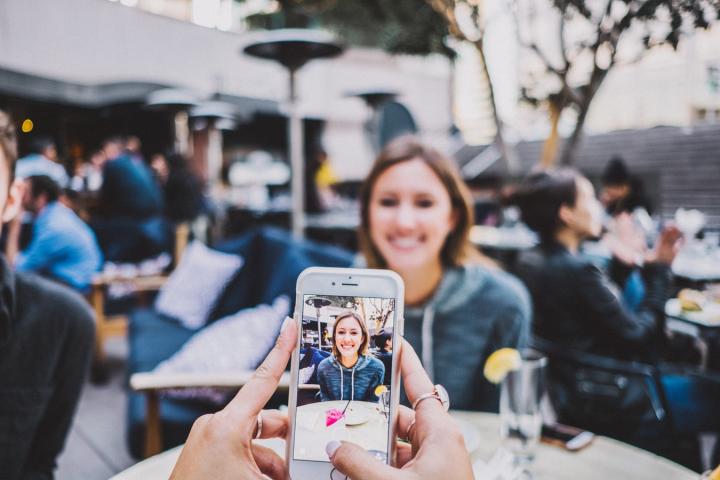

Witness the evolution of traditional word-of-mouth into the dynamic realm of influencer marketing. In today’s digital landscape, a burgeoning group of content creators, driven by the power of social media and its massive network effect, is reshaping brand promotion strategies. Influencer marketing is becoming an integral part of integrated marketing communication plans for brands, regardless of their size. Beyond celebrity endorsements, brands are strategically collaborating with influencers who closely align with their target audiences. The uniqueness lies in the authenticity and relevance perceived in influencers’ sharing, making them a powerful force in modern marketing strategies. Explore the impact of influencer marketing on brand visibility and engagement in the digital age.
Delve into the burgeoning realm of influencer marketing, a rapidly growing industry set to reach US$5 to $10 billion in the next 5 years. Despite its authenticity appeal, this industry grapples with challenges, as fraudulent influencers and activities infiltrate the space. An estimated US$100 million in influencer marketing spending may have been directed towards fake influencers. In May, Facebook took action by removing 583 million fake accounts. Explore the dynamics of influencer marketing, its rapid growth, and the ongoing efforts to combat fraudulent practices within the industry.
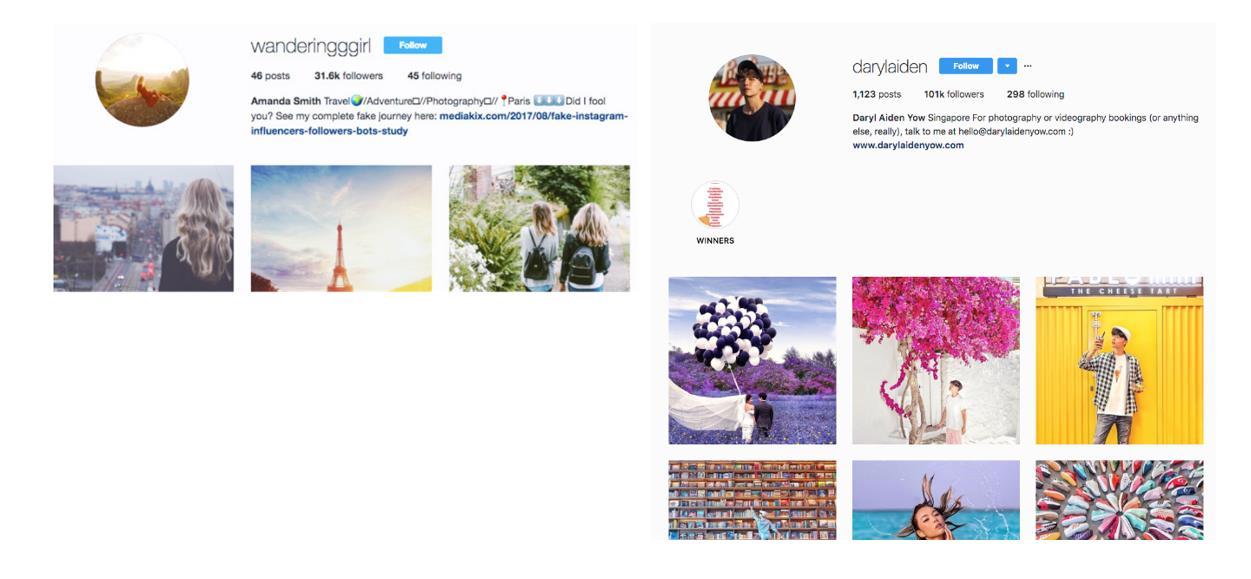
Examples of fake Instagram account and fraudulent posts
Influencer marketing is a tool not to be ignored, but brands need to dwell deeper into the selection and evaluation of its effectiveness, just like Sephora. With such a big pool of influencers and fraudulent activities, how do you identify the right influencers who will bring quality engagement and business impact to the brand? In this article, we will share 3 aspects to note in your influencer marketing and its evaluation to maximize the returns on your investment.
Influencer Marketing 1. Selection of influencers
Influencer marketing is not like celebrity endorsement where you find someone with huge fans following and offer money for them to talk about your brand. Influencer marketing is as much marketing to your influencers as it is to their followers. You will want the influencers to be genuine brand ambassadors who will share on a personal level and spread the word beyond official transactional relationship for a specific campaign. In this aspect, identifying potential influencers who already followed your brand’s social media would be a good start. Cultivate them to be your long-term brand advocates rather than looking at them as a one-time transactional relationship to reach your short-term marketing objective.
When selecting influencers for your brand, it is important to know the influencers’ main interests and the types of content that they have recently posted to identify alignment with the brand and your target audiences.

Some influencers from Thailand
Remember these questions as you go about identifying your brand’s influencers:
Influencer Marketing 2. Quality of Engagement
With influencers, brands should be looking for quality engagement over superficial quantity such as reach and number of Likes. Even though getting an influencer with huge following will increase the brand reach and awareness in split seconds, the effect is usually short-lived. Furthermore, brands should take note to spot influencers with fake followers. A low share of interaction versus their follower size is usually tell-take signs of influencer with an army of “corpse fans”. Yet another reason to review past posts of the influencers.
Readers follow influencers as a source for the latest happenings and also for the content they created; that is more personal and authentic. Readers do not follow these influencers to see blatant “advertisement” and photos of influencers posing with brands. Hence, brands should strategize to allow influencers to share more deeply about their experience with the brand.
Besides the types of content that the influencers produce, the kind of discussion generated with their followers is also crucial. It is futile if the post gets high discussion volume, but it is centered around the influencers with no relevance to the brand or the experience with the brand.
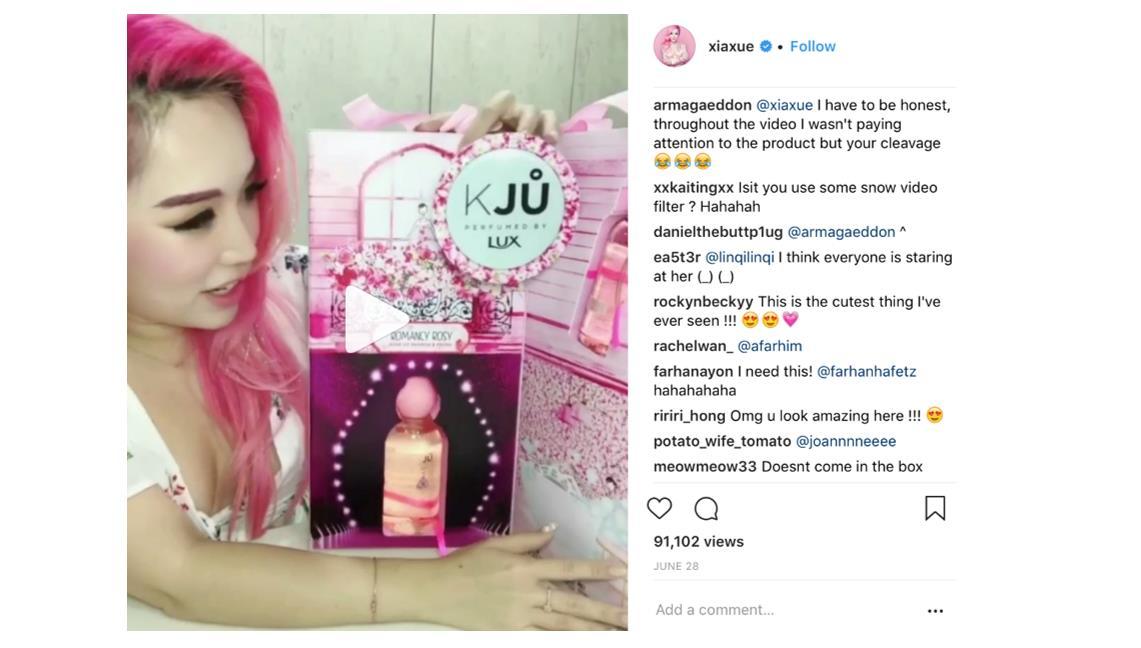
Remember these questions as you strategize the type of engagement your influencers should have with the target audiences:
Influencer Marketing 3. Evaluation of Results
When evaluating the effectiveness of your influencer marketing activities, it is important to look beyond reach. Reach could come from metrics like the number of clicks, likes and shares, therefore influencers with huge followers will naturally give a huge boost to your reach and impression count. However, this huge number is just a false impression of fantastic ROI, which ultimately creates little or no impact on your brand.
To avoid cases of high reach with little impact, brands should strategize activities and content that will lead to call-to-action. Tracking mechanism like unique hashtag, links with UTM codes or promotion codes should be given to each influencer to allow for evaluation of the effectiveness of action-conversion – sales, traffic visit or simply awareness.
Beyond reach, we should also be evaluating the quality of engagement as mentioned in the point above. Reading into the content of generated discussion would give us insights into their area of interests, and thereby empower the brand to make the adjustment to future content that is of higher relevance to these target audiences.
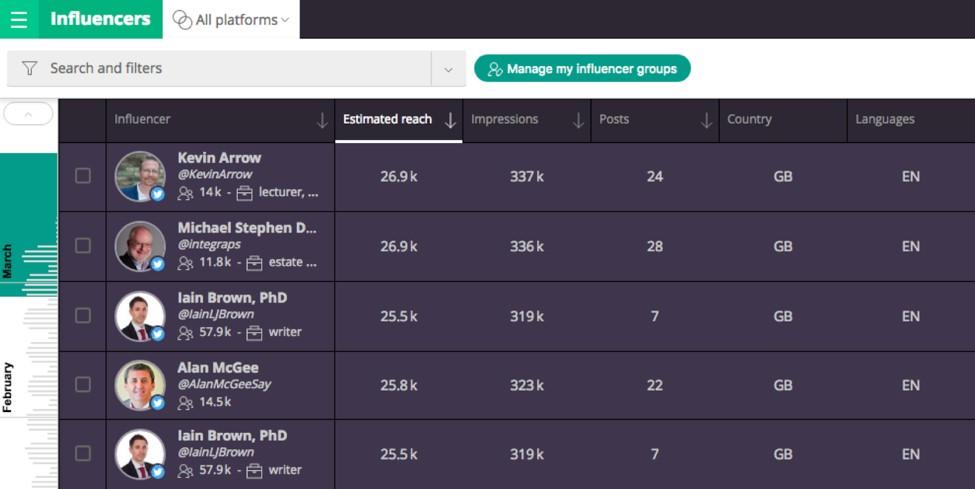
Screenshot of influencers monitoring platform
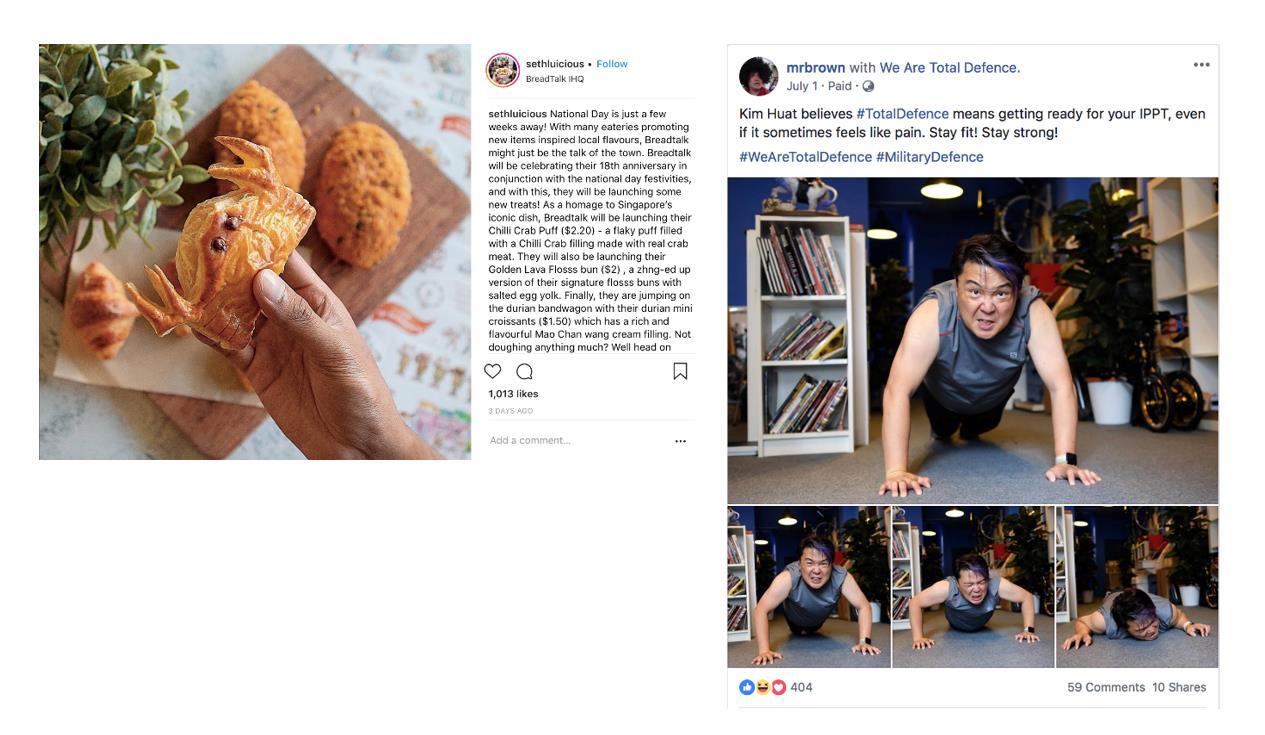
Posts with call-to-actions for traceability
Remember these questions as you evaluate the effectiveness of your influencer marketing activities:
Before we get too excited over engaging influencers, it is critical to bear in mind the importance of having an influencer-marketing plan that is integrated with your overall brand communication strategy to build your social brand equity in the long run.
To maximize the impact of influencer marketing, move from transactional to long-term relationship with your influencers. Influencers, like consumer advocates, need to be cultivated over time. Brands need to not only track their own influencers, but also influencers of competitors as well as identifying new influencers who are vocal about conversation in your industry.
Get in touch with us to find out more on how to start identifying, tracking and evaluating the effectiveness of your influencers and other online activities today to build a strong social brand equity for tomorrow.
#SBET: Social Brand Equity Tracking
Never settle for “What has happened?”. Go for “What’s Next?” Go beyond evaluating social media and digital marketing activities for immediate ROIs and know how these affect your brand equity. SBET leverages on social intelligence behind social media buzz and big analytic metrics to empower your team with actionable strategies that will build up on your social brand equity over time.
A Labbrand Group Company © 2005-2024 Labbrand All rights reserved
沪ICP备17001253号-3* Will be used in accordance with our Privacy Policy
To improve your experience, we use cookies to provide social media features, offer you content that targets your particular interests, and analyse the performance of our advertising campaigns. By clicking on “Accept” you consent to all cookies. You also have the option to click “Reject” to limit the use of certain types of cookies. Please be aware that rejecting cookies may affect your website browsing experience and limit the use of some personalised features.